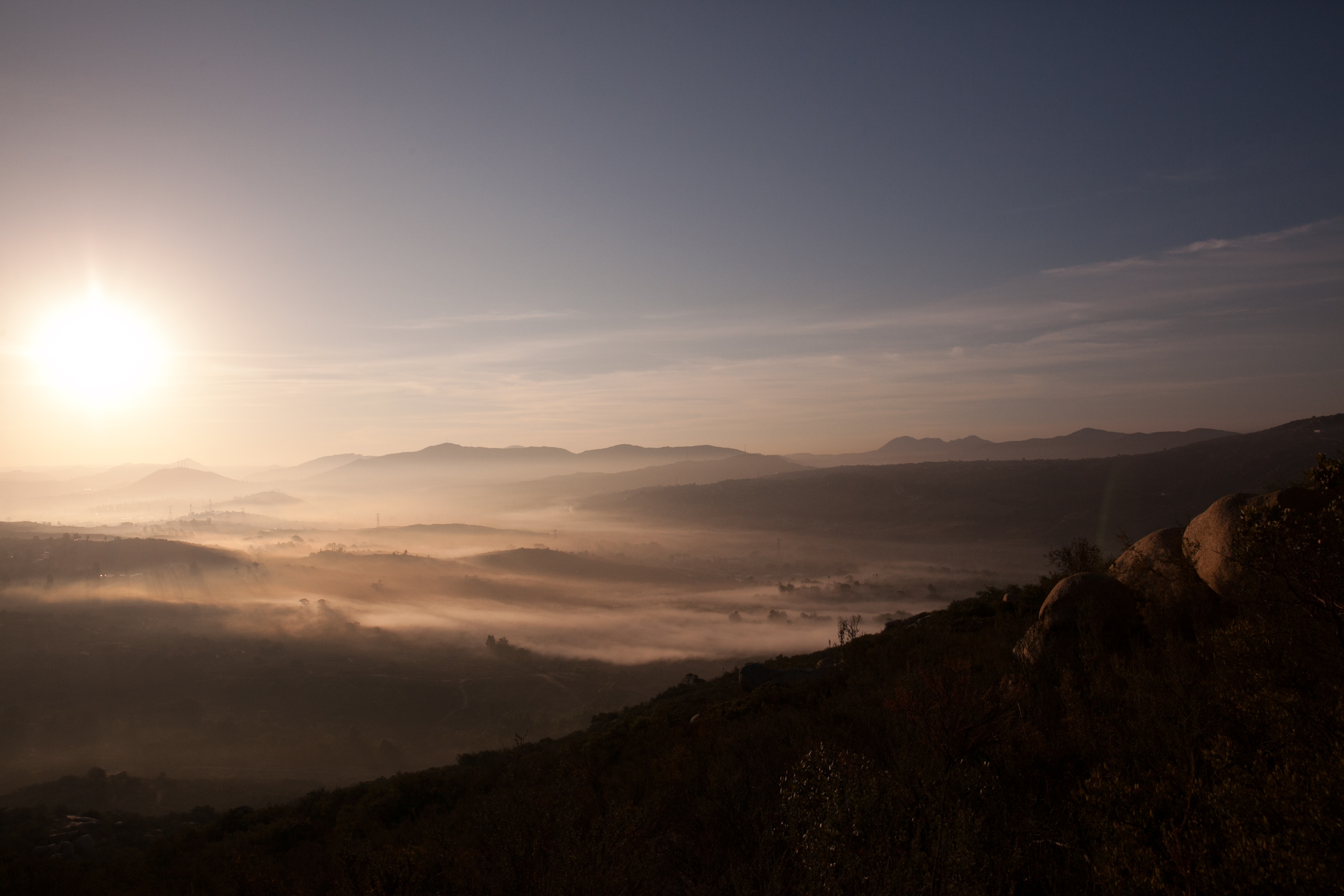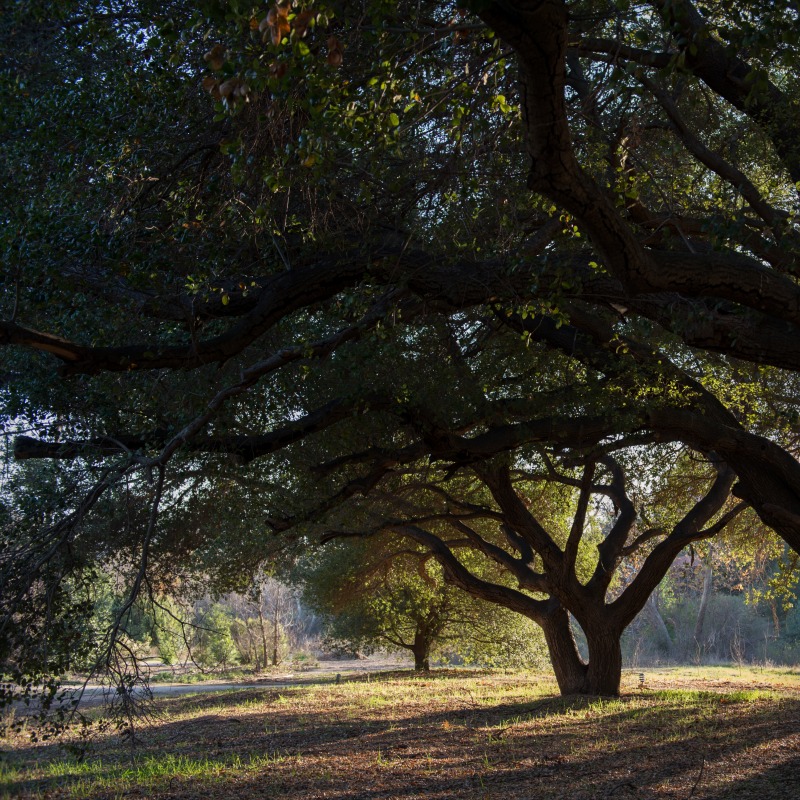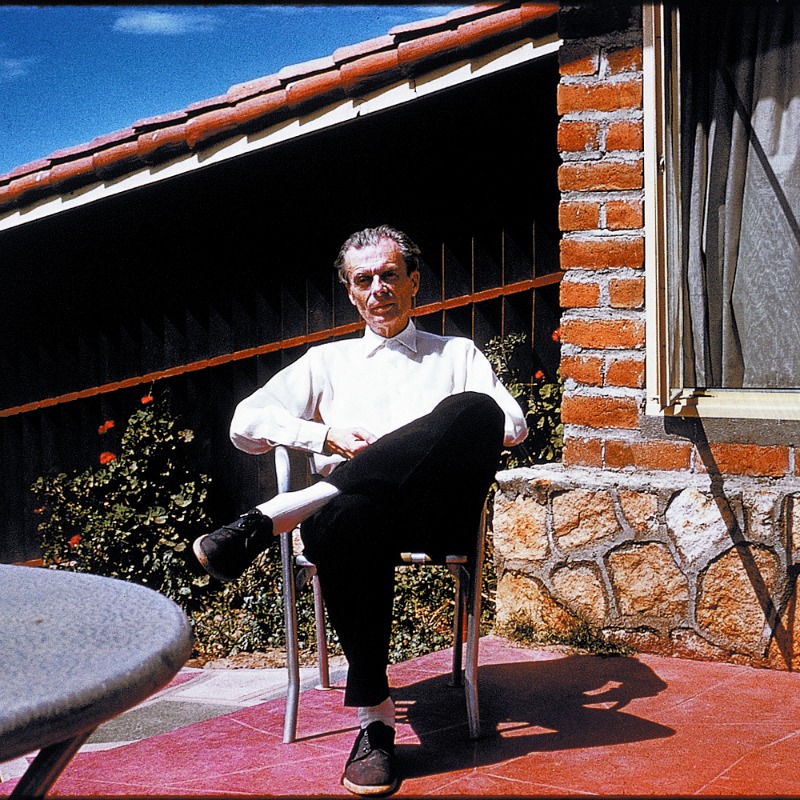Origins of the Ranch, Part XV

Throughout history people have erected great structures in honor of supreme beings. In the same fashion, Kuchumaa represents a natural, earthly temple and source of religious wonderment…
This month we offer our final installment of U.S. Department of Interior’s study of Mt. Kuchumaa (Tecate Peak), the sacred mountain, the “Exalted High Place,” that rises above Rancho La Puerta. Knowing how this land—our home since 1940—has affected those who visit and live here since time immemorial helps us craft our own “world view.” Today’s post broadens our understanding of the shamans’ relations with Mt. Kuchumaa, and ends with a look at the modern era. The following excerpts are from Kuchumaa’s National Register of Historic Places Registration Form, 1992 (U.S. Department of the Interior):
The significance of Kuchumaa can be appreciated by understanding the position of shamans in Kumeyaay culture and all Native American societies. Most Native American cultures divided their universe into three compartments: two spirit worlds and a middle world occupied by people. Priests or shamans are extremely important socio-political figures in Native society. They are boundary players of power. Shamans were able to transcend all compartments and interact with ‘power sources in all three worlds.’
The Native American view held that all actions were causative. Natural phenomena and other events were often controlled by beings in one of the two spirit worlds. Shamans could intervene on behalf of the individual’s or group’s spiritual and religious well-being. They conducted important rites and rituals which strike at the very heart of their culture. In addition to healing activities, certain shamans were responsible for mundane economic pursuits. Some were able to predict weather, insure a successful hunt or bountiful seed harvest.
The relationship between shamans and other tribal leaders illustrates the influence wielded by the kwisiyai. Kumeyaay society also contains an administrative or organizational leader know as the kwaipai (captain). This person fulfills much the same role as the town mayor. He maintains powers of punishment and control over political, economic, and social affairs of the tribe. The kwaipai, however, worked with a council of shaman. Early encounters with the Kumeyaay by Spanish and American settlers generally recognized the kwaipai. When asked which person was generally more powerful, [a tribal elder] responded that “I’d stick with the kwisiyai any day. The captain has to wait.”
Shamanic use of Kuchumaa
The mountain holds extreme religious importance since it represents the place where the shaman or kwisiyai obtained power and knowledge. Kuchumaa was used to interact with and appease potentially hostile spirits. The peak was necessary for maintenance of tribal health and prosperity.
Only shamans (or boys training to be shamans) were permitted on the upper reaches of the mountain. Since it was not a common area, ordinary people were not permitted above God’s Tear Spring. This was not a mountain for casual use. Currently, in spite of resurgence of traditional Kumeyaay religious fervor, some informants indicated that they would never live near it. Such is the aura surrounding Kuchumaa.
The mountain played an important role in the acquisition of healing skills. Delfina Cuero, a Baja California Kumeyaay, relates a story about a relative who after becoming a healer traveled to Kuchumaa. He spent five days there receiving his healing songs, probably through the dream experience.
Mrs. Robertson (another Kumeyaay elder) tells of a relative who visited Kuchumaa in a dream state to receive medicinal knowledge: He told me that this place was so powerful that he could come up here in a dream,… His mother was sick and he wanted to get her well … He flew over there (the spring ‘God’s Tear’ on Kuchumaa) in his dream. When he got back the next morning they (spirits) had told him to take a good, hot bath every morning before sunup for four days. They warned don’t get close to nobody and then he’s supposed to find certain kinds of herbs and give it to the mother… He claims he did that through the dreams here and then he had the power and he did cure his mother.
The horloi was one dance performed at Kuchumaa. Folklore indicates that dancing created a circular pit at the top. …Dance was important since physical involvement could initiate the trance state or invoke power.
Shaman contests or feats of power took place on Kuchumaa. From Kumeyaay oral tradition, the most famous contest occurred between a group of Kumeyaay kwisiyai and the Luiseno (a neighboring tribe). “They had a big fight here” and the Luiseno shamans “sent their power over here and split the mountain.”
Contemporary use
In 1942 at the beginning of World War II, the U.S. military placed a communications site on the summit of Kuchumaa. There have been other authorized communications intrusions since. Even with the intrusions of the past 50+ years, there has been active contemporary use of Kuchumaa by both the Kumeyaay and Juaneno. Whereas in the past only shamans were allowed on the peak, today both the ordinary Kumeyaay and Juaneno are increasingly using the peak for enactment of sacred ceremonies and ancient sacramental acts.
More recently, the Kumeyaay were outraged in 1979 by a proposed transmission line project that crossed the mountain. Proponents of the project eventually dropped the idea. In 1981 a 280-acre park was slated for the base of the mountain. Concern from the Indians was forceful and direct. The Kumeyaay felt that this project would desecrate the mountain by providing increased access to recreational campers. This application was withdrawn because of these concerns.
[And in the first decade of this millennium, a new border fence was erected, most visible on the eastern flank of the mountain. Few notice it (its deep chile-powder color blends in, and it is so distant from Rancho La Puerta as to be almost unnoticeable), but one wonders what affect on the mountain’s powers the Kumeyaay would say this has.]
Interpreting the importance of Kuchumaa provides a better understanding of the range of human experience. Just like contemporary peoples, Native Americans developed explanations for their genesis and locating their place in the cosmos. Throughout history people have erected great structures in honor of supreme beings. In the same fashion, Kuchumaa represents a natural, earthly temple and source of religious wonderment to the Kumeyaay of Southern California.
Next month: How the mountain became a National Historic Site … and Rancho La Puerta’s leadership in creating a huge nature preserve here.


